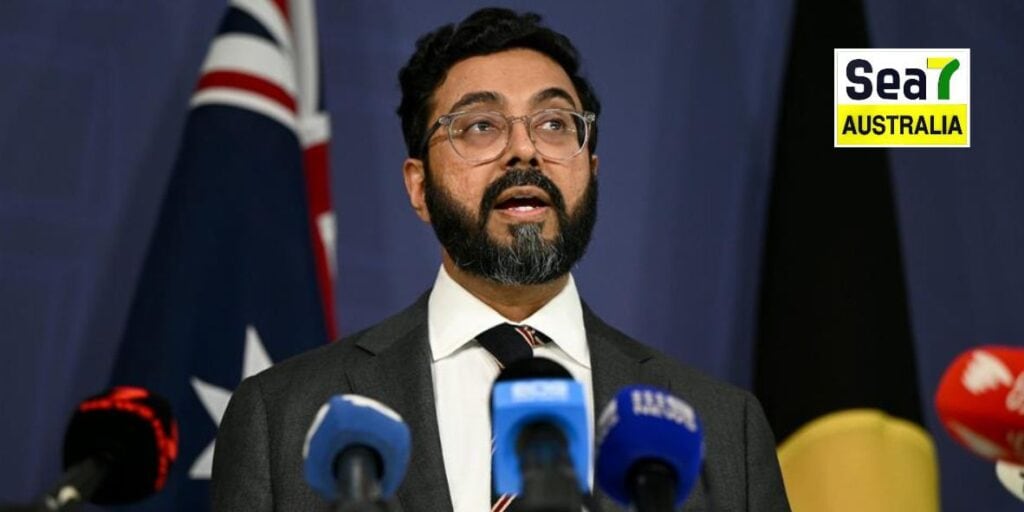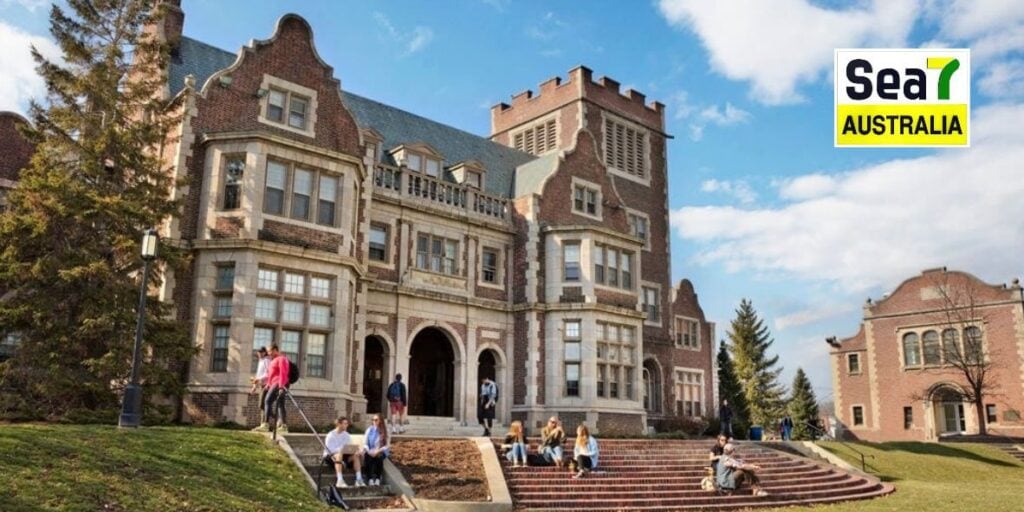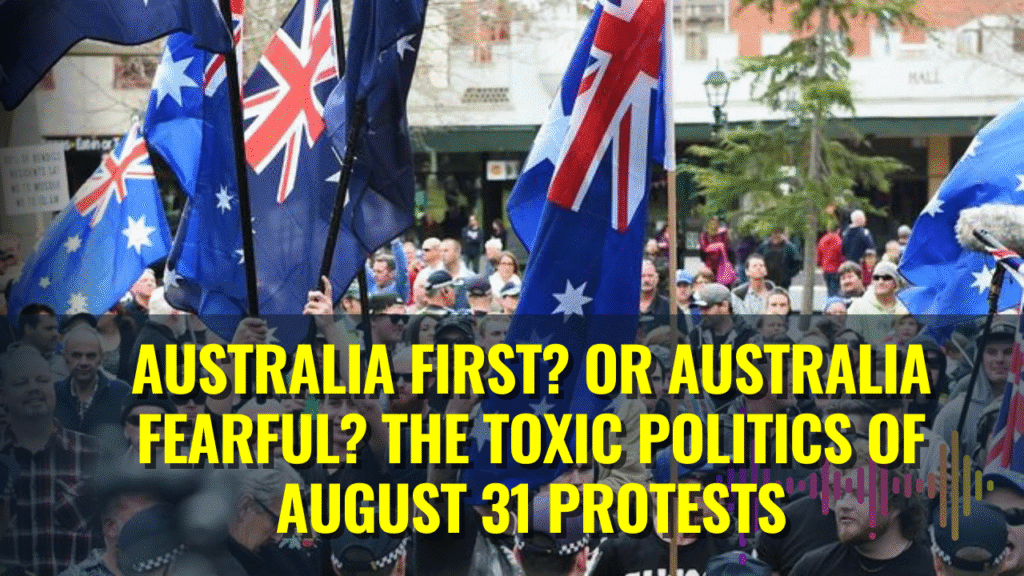The Untold 150-Year Journey of Punjabi Migration
By Tarandeep Bilaspur (Australia) – 📞 0443 750 673
🌾 The Beginning of an Unwritten Chapter
When we talk about Punjabi migration, most minds instantly jump to North America — Canada or the U.S.
But few realise that Australia was the very first developed country where Punjabis arrived and built their lives — decades before the North American story began.
Punjabis have been living in Australia for over 150 years, leaving deep footprints across the countryside. Even in the 1800s, their identity as “Sardars” carried respect and recognition.
Old Australian villages had a saying — “When the Sardar comes, things finally get done.”
🛍️ The Era of the Hawkers (1860–1930)
From 1860 onwards, Punjabis worked as hawkers, buying household goods from the cities and selling them in the far-flung rural areas.
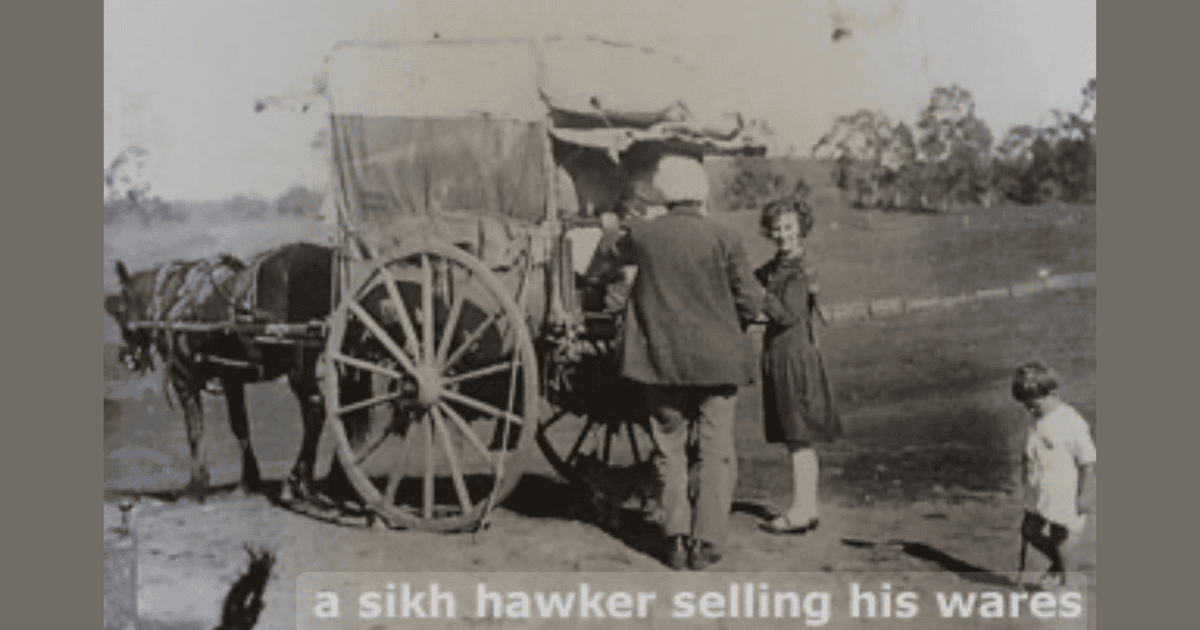
In the harsh Australian climate, this was no easy task. Yet, Punjabis became known for their honesty and reliability — bridging the gap between isolated bush settlements and the towns.
One such early migrant was Nihal Singh, whose grave still stands in Manjimup, Western Australia. His funeral, held in 1895, was one of the first organised Sikh cremations in the country — a remarkable symbol of early community acceptance and respect.
⚓ The First Punjabis in Australia
Official records are patchy, but according to the Australian archives, the first Punjabis likely arrived around the 1830s, travelling via Malaya (Malaysia) and Fiji to the port of Perth.
By 1845, a few Punjabis were recorded arriving at the Melbourne port as part of small Indian groups.
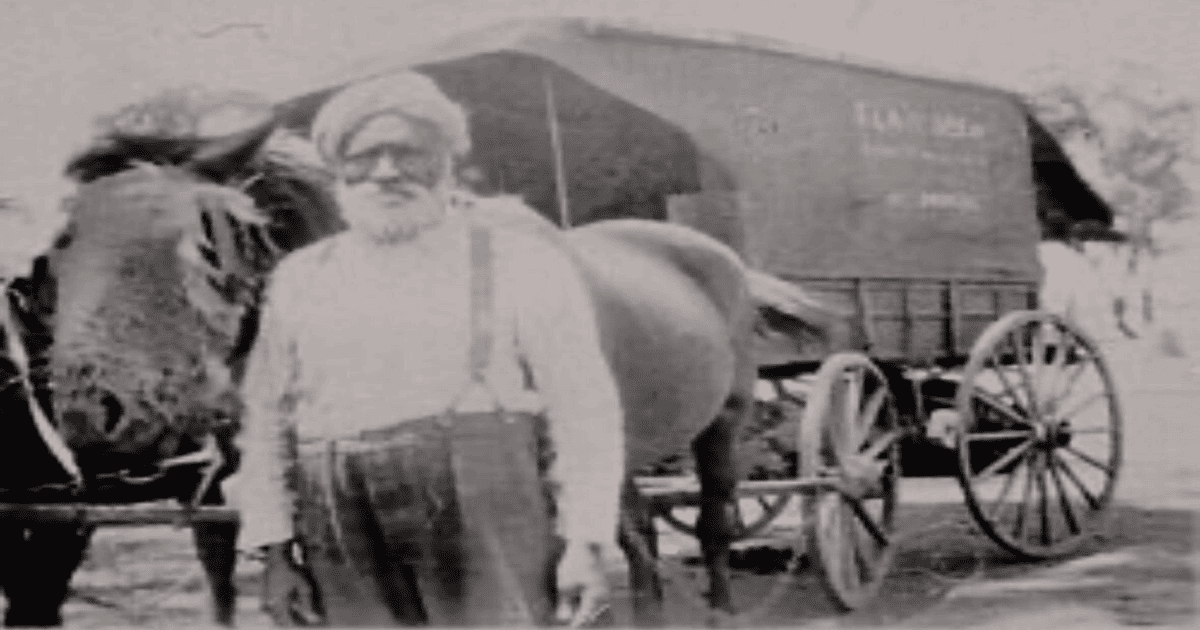
- In 1857, the census listed 277 Hindus and Sikhs — all turbaned and Punjabi-speaking — mostly in rural Victoria.
- By 1881, that number had grown to 998, and by 1891, 1,700.
- The 1901 census recorded 4,700 Punjabis, but that same year, the White Australia Policy restricted Asian immigration.
- By 1911, only 3,698 remained, and in 1921, just 2,200 were still recorded.
📊 (Sources: Australian Bureau of Statistics, Sikh Heritage Foundation, Wikipedia)
⚔️ Punjabis and the First World War
During World War I (1914–1919), the British formed a special Sikh Regiment that included soldiers from Malaya, Fiji, Singapore, Indonesia, and Australia.
Many Punjabis from the region fought bravely — several were martyred, while others settled across Southeast Asia after the war.
Between 1925 and 1929, the Australian government introduced Limited Property Rights, allowing Indians (including Punjabis) to own property under restrictions — yet they were still denied citizenship or family reunification.
🧱 A New Era (1945 Onwards)
After World War II, Australia’s growing industries needed labour. Punjabis once again arrived from Malaya, Fiji, and Indonesia, working in fields and factories.
However, they were still on temporary visas — unable to bring their families.
In 1961, six Punjabi men from Woolgoolga (NSW) paid a special tax to bring their wives and children — the first Punjabi families officially reunited on Australian soil.
By 1968, they established the first Gurdwara in Woolgoolga — today known as the spiritual heart of Australia’s Sikh community.
🌏 Before Canada, There Was Australia
When we search the history of Punjabi migration, we often find countless references to Canada, America, and the UK.
But history shows something powerful — the first true wave of Punjabi migration outside India began here, in Australia.
Long before the ships reached Vancouver or San Francisco, Punjabis had already settled in the Australian outback, earning respect as hawkers, farmers, and workers.
It’s a story buried under the glamour of the North American dream — yet one that began here almost 70 years earlier.
Australia wasn’t a “backup” destination — it was the first frontier where Punjabis proved their strength, resilience, and faith.
📈 Today’s Punjabi Australia – By the Numbers
-
According to the 2021 Census, over 239,000 Australians now speak Punjabi at home — making it the 5th most spoken language in the country 🇦🇺 (SBS News, 2022).
- In 2016, the number was 132,496, showing an 80% increase in just five years.
- Woolgoolga remains a symbolic hub — a town where Punjabi farmers have powered the banana industry for generations (ABC News, 2024).
🔚 Legacy
From dusty roads to bustling suburbs, Punjabis helped shape Australia’s multicultural fabric long before diversity became official policy.
Their story is not just about migration — it’s about faith, endurance, and belonging.
If you have historical records, photos, or family memories from this era — share them. Together, we can complete this proud and overlooked chapter of history.
📜 Sources: Australian Census Data, Sikh Heritage Foundation, SBS Punjabi, ABC News, Australian Archives, Wikipedia, and personal research.
✍️ By Tarandeep Bilaspur (Australia)
📞 0443 750 673
(Originally written in Punjabi – updated and expanded with verified historical data in 2025)




